Perlin noise and simplex noise are meant to generate useful noise, not to be completely random. These algorithms are generally used to create procedurally generated landscapes and the like. For example, it can generate terrain such as this (image from here):

In this image, the noise generates a 2D heightmap such as this (image from here):

Each pixel's color represents a height. After producing a heightmap, a renderer is used to create terrain matching the "heights" (colors) of the image.
Therefore, the results of the algorithm are not actually "random"; there are lots of easily discernible patterns, as you can see.
Simplex supposedly looks a bit "nicer", which would imply less randomness, but its main purpose is that it produces similar noise but scales to higher dimensions better. That is, if one would produce 3D,4D,5D noise, simplex noise would outperform Perlin noise, and produce similar results.
If you want a general psuedo-random number generator, look at the Mersenne twister or other prngs. Be warned, wrt to cryptography, prngs can be full of caveats.
Update:
(response to OPs updated question)
As for the random properties of these noise functions, I know perlin noise uses a (very) poor man's prng as input, and does some smoothing/interpolation between neighboring "random" pixels. The input randomness is really just pseudorandom indexing into a precomputed random vector.
The index is computed using some simple integer operations, nothing too fancy. For example, the noise++ project uses precomputed "randomVectors" (see here) to obtain its source noise, and interpolates between different values from this vector. It generates a "random" index into this vector with some simple integer operations, adding a small amount of pseudorandomness. Here is a snippet:
int vIndex = (NOISE_X_FACTOR * ix + NOISE_Y_FACTOR * iy + NOISE_Z_FACTOR * iz + NOISE_SEED_FACTOR * seed) & 0xffffffff;
vIndex ^= (vIndex >> NOISE_SHIFT);
vIndex &= 0xff;
const Real xGradient = randomVectors3D[(vIndex<<2)];
...
The somewhat random noise is then smoothed over and in effect blended with neighboring pixels, producing the patterns.
After producing the initial noise, perlin/simplex noise has the concept of octaves of noise; that is, reblending the noise into itself at different scales. This produces yet more patters. So the initial quality of the noise is probably only as good as the precomputed random arrays, plus the effect of the psuedorandom indexing. But after all that the perlin noise does to it, the apparent randomness decreases significantly (it actually spreads over a wider area I think).

